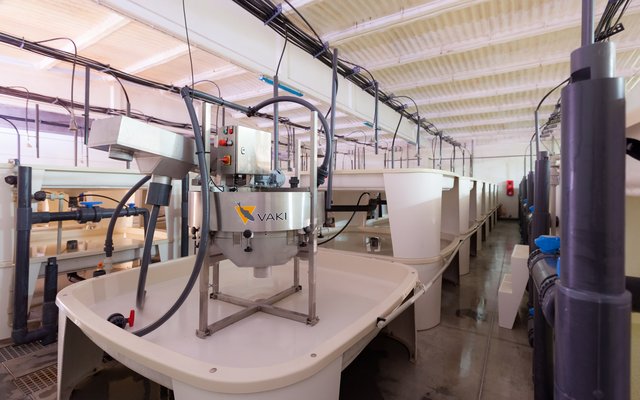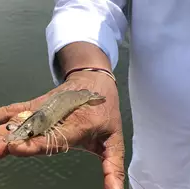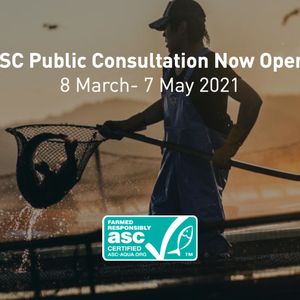To become a more sustainable and profitable industry, aquaculture requires monitoring several associated parameters, such as temperature, salinity, ammonia, potential of hydrogen, nitrogen dioxide, bromine, among others. Their regular and simultaneous monitoring is expected to predict and avoid catastrophes, such as abnormal fish mortality rates.
A team of researchers proposed a novel anomaly detection approach for the early prediction of high fish mortality based on a multivariate Gaussian probability model. The goal of this approach is to determine the correlation between the number of daily registered physicochemical parameters of the fish tank water and fish mortality. The proposed machine learning model was fitted with data from the weaning and pre-fattening phases of Senegalese sole (Solea senegalensis) collected over 2018, 2019 and 2020.
This approach is suitable for real-time tracking and successful prediction of up to 80% of the high fish mortality rates. “The approach is also expected to trigger rapid corrective actions that promote more efficient fish production,” explained Carlos Marques, researcher from the University of Aveiro.
“To the best of our knowledge, the proposed anomaly detection approach is the first time studied and applied in the framework of the aquaculture industry,” researchers said.
Check out the study here.













